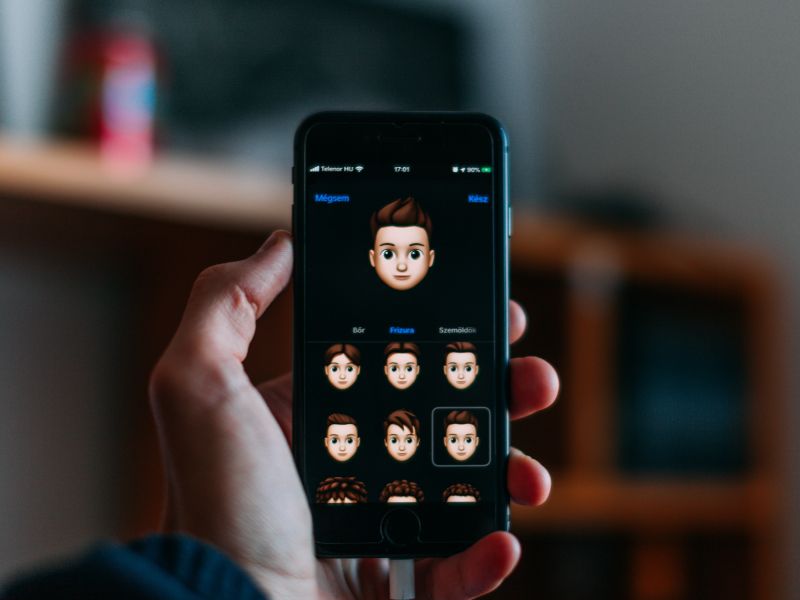
Oct 18, 2020
. UX Design Process .
3 min read
Why is dark mode trending?
Dark mode has become a buzz word in the world of software. There are constant discussions on whether a software update
Dark mode has become a buzz word in the world of software. There are constant discussions on whether a software update or newly released hardware supports it or not. What is dark mode, and why is it trending? In this post, we will decode the hype and concepts behind it.
Risks of digital eye strainDevice displays are brightened up and colourful these days. In addition, they are switched on for longer hours than before. It applies to all displays, including TV sets, desktops, laptops, tablets and smartphones. The trouble of added brightness is felt when you are using devices in the dark. For instance, using Twitter on smartphones while sitting in a dark room is no pleasure. It strains your pupils and may even cause permanent damage to the eye. Simply put, the brighter displays of today are vibrant during the day, but absolutely a pain in the dark.
It is for these reasons some of the advanced handsets present night mode options. A blue light filter is a popular night mode option that limits the amount of blue light emitted by the screen. The blue light is partly responsible for making us stay awake for longer hours than we intend to. This blue light blocks brain signals that put your body to sleep. In essence, the night mode shifts brightness levels to a warmer range. It eventually helps us sleep early.
Nevertheless, the apps we use, escape these settings and delivers the bright stuff to us. It is for this reason that app-targeted dark mode is the need of the hour. So what exactly is the dark mode?
What is the dark mode?The dark mode is a display setting that features dark backgrounds and brighter text. It is the exact inverse of the bright default scheme. It is better on your eyes when your surroundings are not as bright as the display. The dark mode isn't just better on your eyes, but it saves on battery life as well. Especially on OLED displays, dark mode prevents unused pixels from getting lit up, thereby keeping battery usage to the minimal. Moreover, the dark mode offers you the most immersive experience in just about any platform.
Obsession over digital screensRecently, the dark mode has hit the spotlight, and all of the popular apps have it. If your favourite one doesn't, they are getting it soon. It is trending, because we spend a lot of time on computers. On average, an American spends about 7 hours a day looking at digital devices. Moreover, 6 in 10 adults experience some form of digital eye strain. These were some of the shocking findings of Dr. Samuel Pierce, president of the American Optometric Association. There are several other credible sources to confirm our obsessive interactions with digital displays.
Limitations of dark modeThe only time to strictly avoid using dark modes is the mornings. It's time to weaponize light mode against ourselves to properly wake up. Another downside of the dark mode is it doesn't support too much reading. The sharp contrast in white text over a black background is hard on the eye. To avoid creating a strain on the eye, you want less contrast like white text on a dark blue background.
Simply put, white text on a black background is too much contrast. UX designs combat this by using backgrounds that are not entirely black. Alternatively, the grey text is preferred over white when the black background is a must. Eventually, it leads to a point where dark modes are actually not dark enough. Like all things, dark mode is evolving consistently to combat such issues.
Summing it up...The bottom line is that dark mode saves on battery life and is better on our eyes. It's definitely trending, thanks to our obsession with digital screens. Nevertheless, it is still an evolving concept, which may not be made for every circumstance. Ideally, it's better to appreciate the positive attributes of the dark as well as bright mode.
We may still need time to learn about it from both the user and design perspective. We recommend using bright mode while reading and dark mode while watching videos or playing games. Physical copies of books and documents being in bright mode should explain that. Watching movies in dark theatre settings reflects the same.
Categories
UX Design Process
UX Tools
Consumer Experience
UI UXs